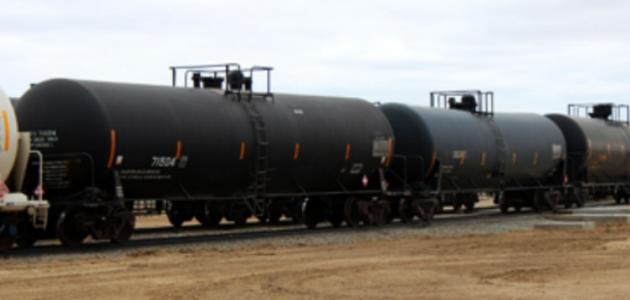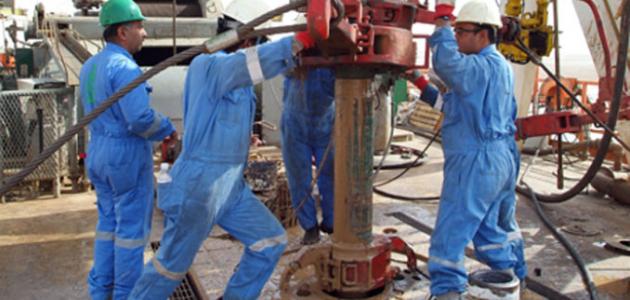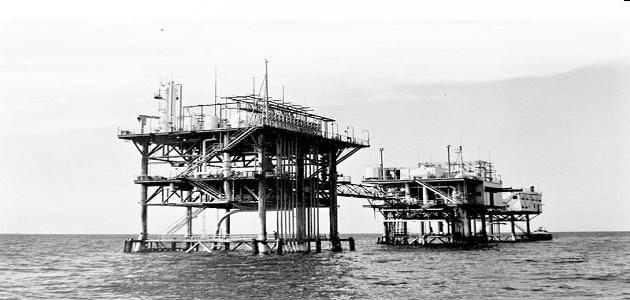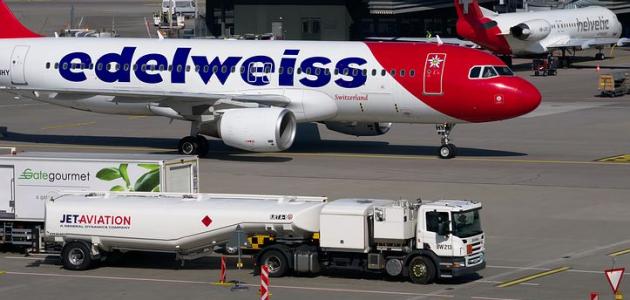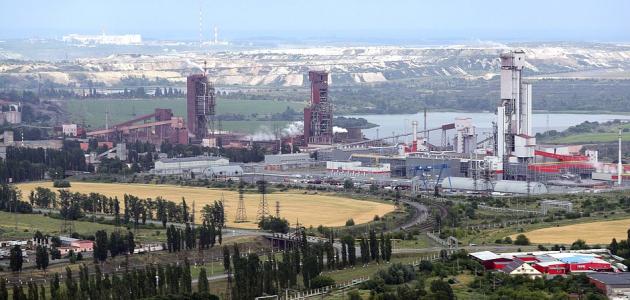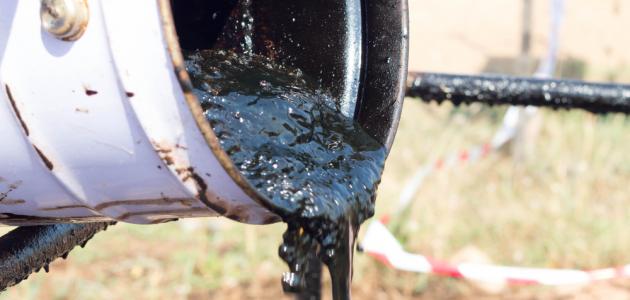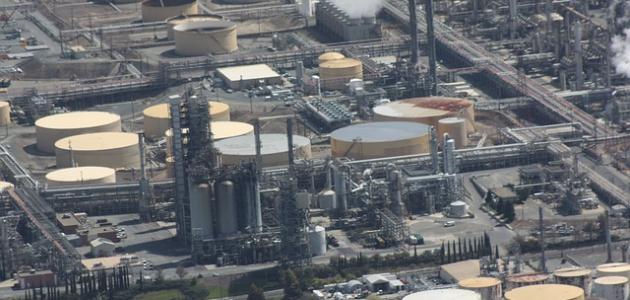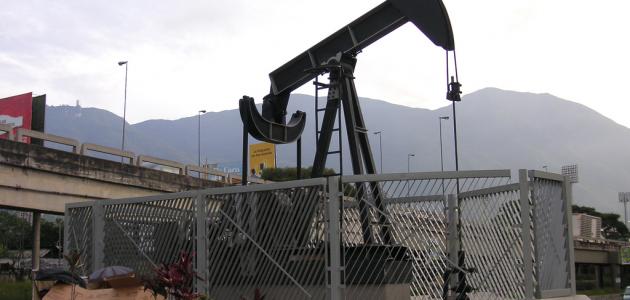Railways
Transporting oil in addition to all other petroleum products using the train is a common phenomenon, due to the ease of building railways in a short period, in addition to its relatively low cost, which constituted an excellent alternative to pipelines, and it is worth noting that railways can reach large parts of the world .
Note: Transporting petroleum by rail has some drawbacks, including the possibility of accidents and carbon emissions resulting from this method.
Trucks
Trucks are a limited means of transporting oil in terms of the amount of storage, so trucks are often the final step in the transportation process that relies on to transport oil and its derivatives.
Shipping
Transport by ship is less expensive compared to the pipeline, as ships are cheaper by about 20-35%, depending on the route, and sea transport is used when land transport is not appropriate, as well as transporting petrochemical petroleum derivatives, in addition to raw materials for gas Natural to chemical plants through ships.
Note: Environmental pollution concerns as a result of oil leakage into the water are considered one of the main drawbacks of this method of transporting oil by ship.
pipeline
Pipelines are considered less harmful to the environment than other means in terms of carbon consumption, and this method is considered one of the most used methods, as crude oil is transported from the oil well to the gathering places, and then it is transported to the refineries, tanker loading places, and from It is worth noting that pipelines can be located above ground, underground, or under water, which is why this method is considered one of the safest means of transportation, and pipelines pass all over the world through rivers, seas, swamps, and forests.
Read also:The eight largest oil producing countries